from the Ice Age giants to the disappearance and return of our modern dam-builders
by Curt Burnette
Beaver are the largest rodents in Indiana, the largest rodents in the United States, and the second largest rodent in the world (South American capybara are the largest). But as large as they are now, they were even bigger in the past--or at least their relatives were. Around the end of the Ice Age, about 10,000 years ago, what is now Indiana and Illinois was home to the greatest concentration of giant beaver in North America. These cousins of the modern beaver were as big as black bears, up to 8 feet long and over 200 pounds! Unlike current beaver, their teeth were not chisel-shaped, so they would not have cut down trees and probably didn't make dams or lodges. They would have lived in the water, though, and eaten various types of aquatic vegetation much like muskrats do today.
The two species of modern beaver, our local North American beaver and the Eurasian beaver, are not descended from their giant cousin. Modern beaver were already around when the giants were alive, sometimes living in the same area, according to fossil evidence. But as the glaciers of the Ice Age retreated and the climate warmed up, the giant beaver went extinct and their smaller tree-chewing cousins flourished.
Beaver were common throughout Indiana and much of the United States and Canada when the two countries were being settled. Many historians believe beaver were more responsible for the exploration and development of our country than any other animal, because of the great value of an desire for beaver fur. The first white men to explore many portions of North America were trappers searching for beaver. The demand was so great that the population of beaver in many areas was greatly reduced, or even wiped out. Such was the case in Indiana. Beaver were completely trapped out of our state by the late 1880s or early 1890s. when all of a certain type of animal is gone from a defined area (like a state), it is said to have been extirpated. It is likely Gene Stratton-Porter never saw any beaver in the Limberlost during the time she lived in Geneva, from 1888-1913.
Beaver were re-introduced into Indiana in 1935 and have been successfully re-established throughout much of the state. They have returned to the Limberlost area. Beaver don't always build dams and lodges. They also commonly dig burrows into the banks or rivers and streams.
These "bank beavers" are not nearly as noticeable as the dam building ones. Often people don't realize they are around. If you hike along the Wabash River at the Rainbow Bend Park or Limberlost County Park you probably won't see a beaver, but if you look along the river's edge you might find beaver-gnawed branches. Or better yet, you might hear the slap of a beaver's tail as it dives underwater when it realizes you are nearby--a sound Mrs. Porter may never have experienced in her wanderings though the Limberlost.
Originally published in the Berne Witness November 2013
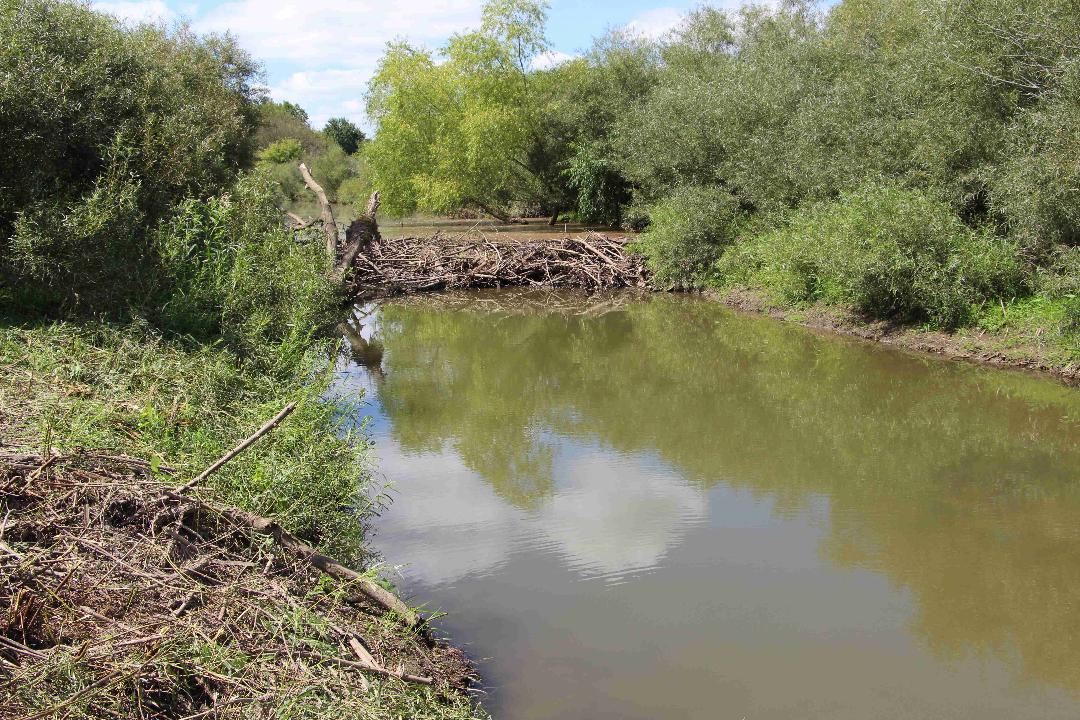
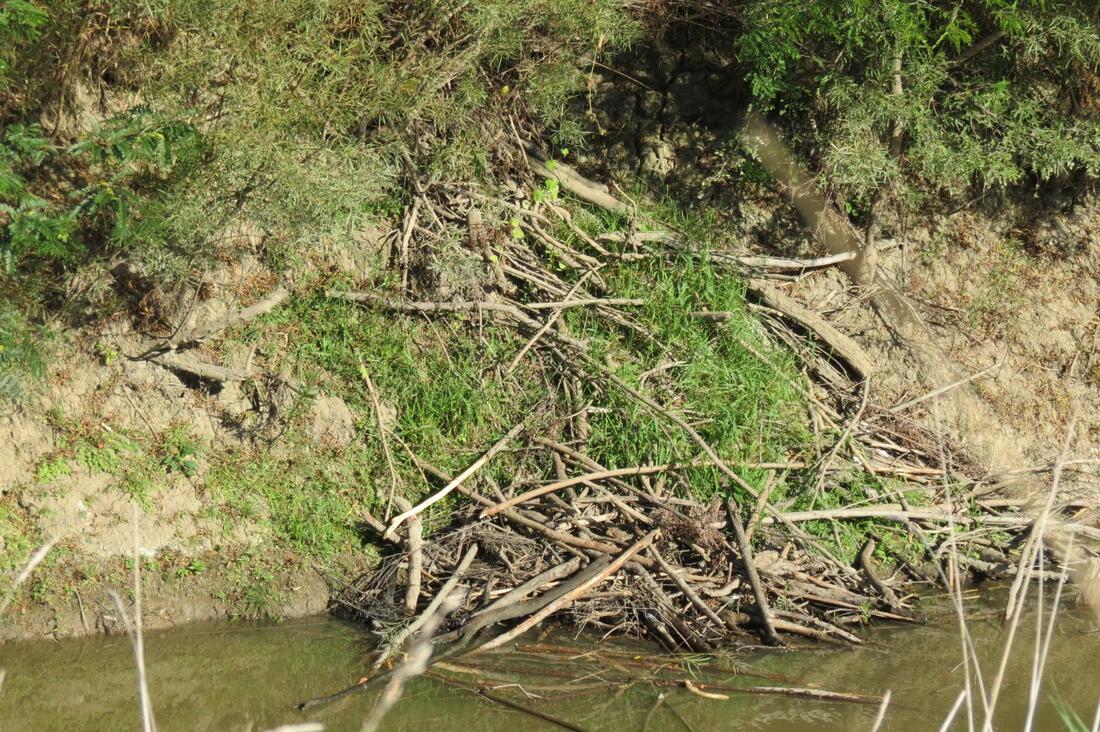
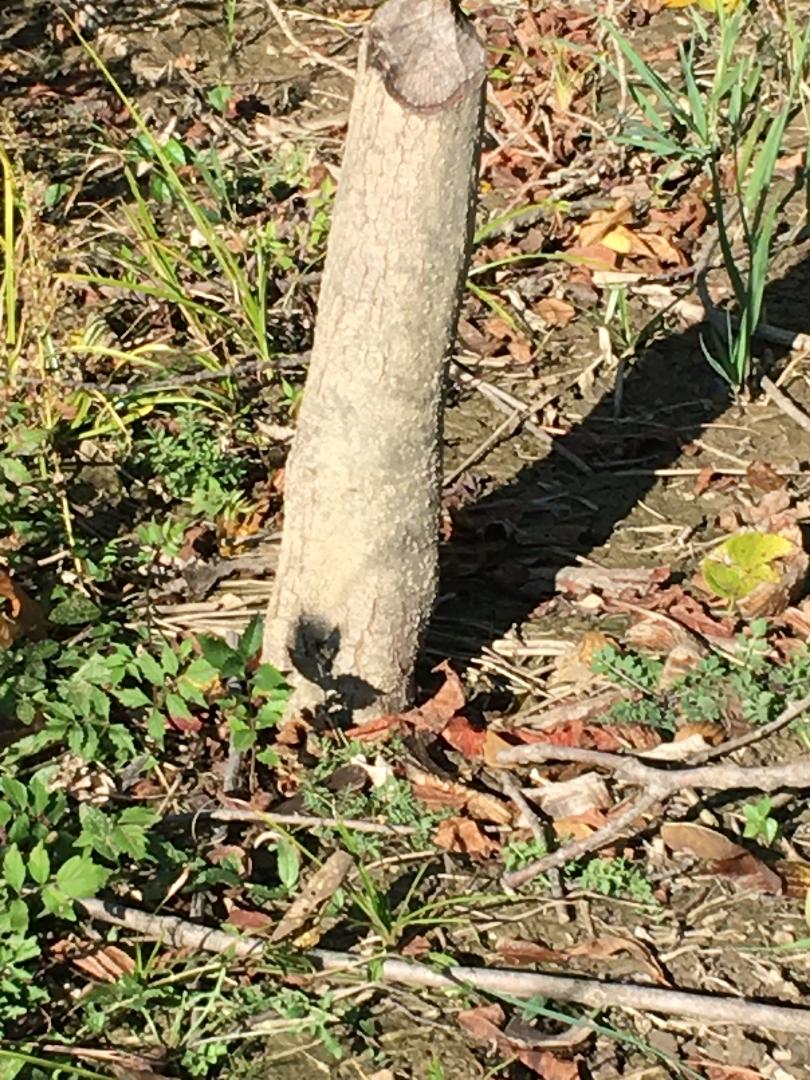
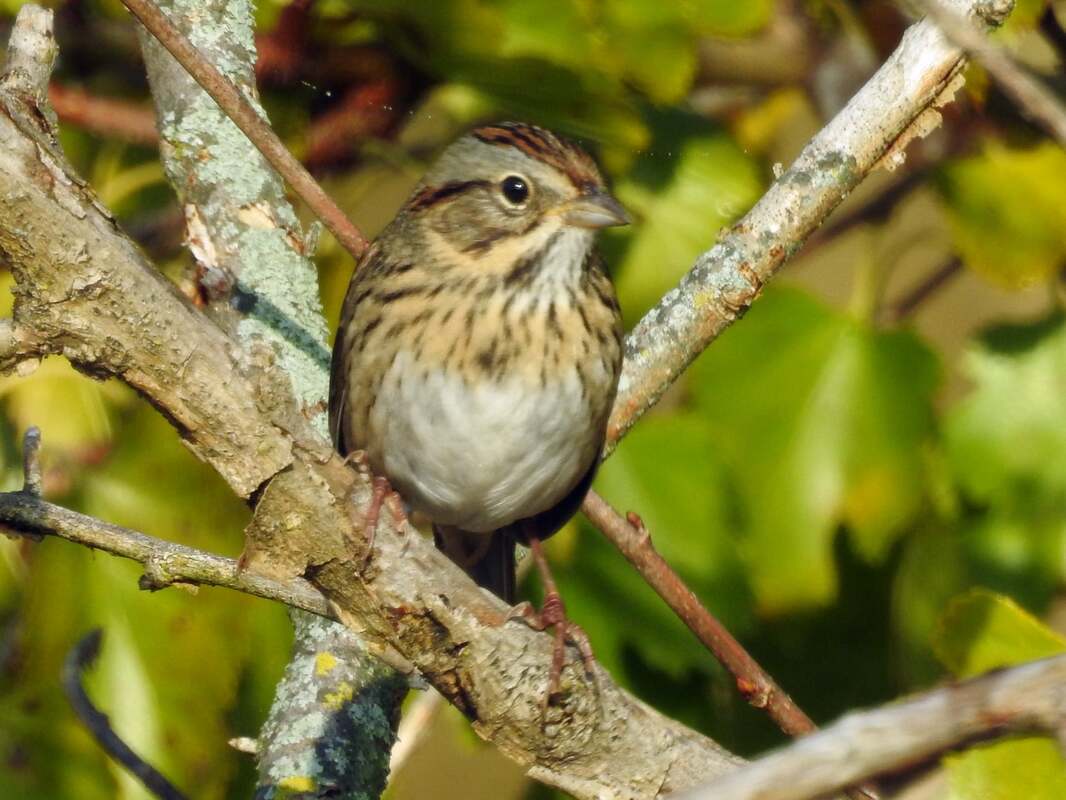
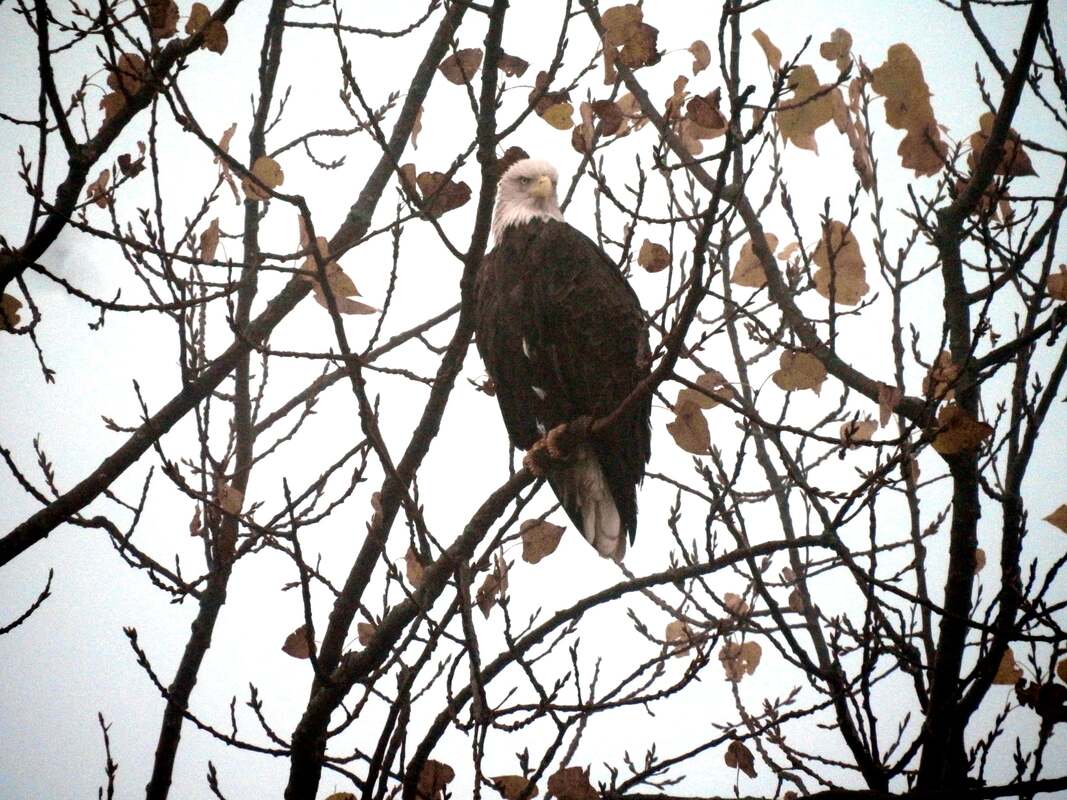
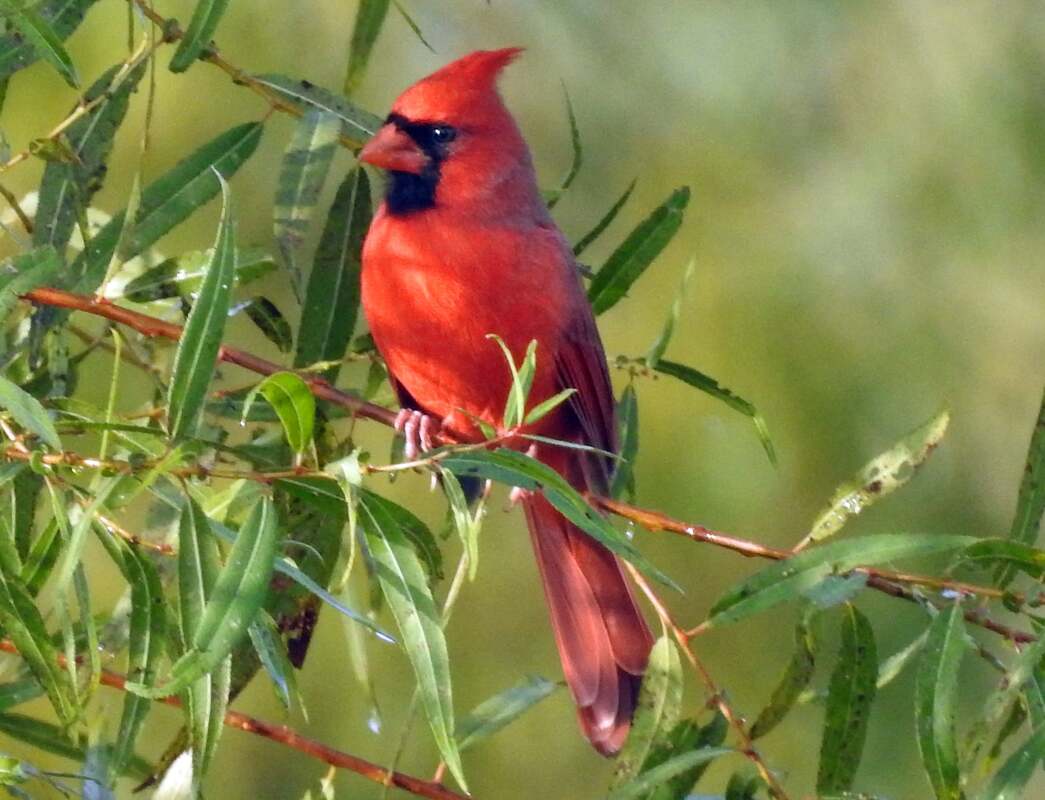
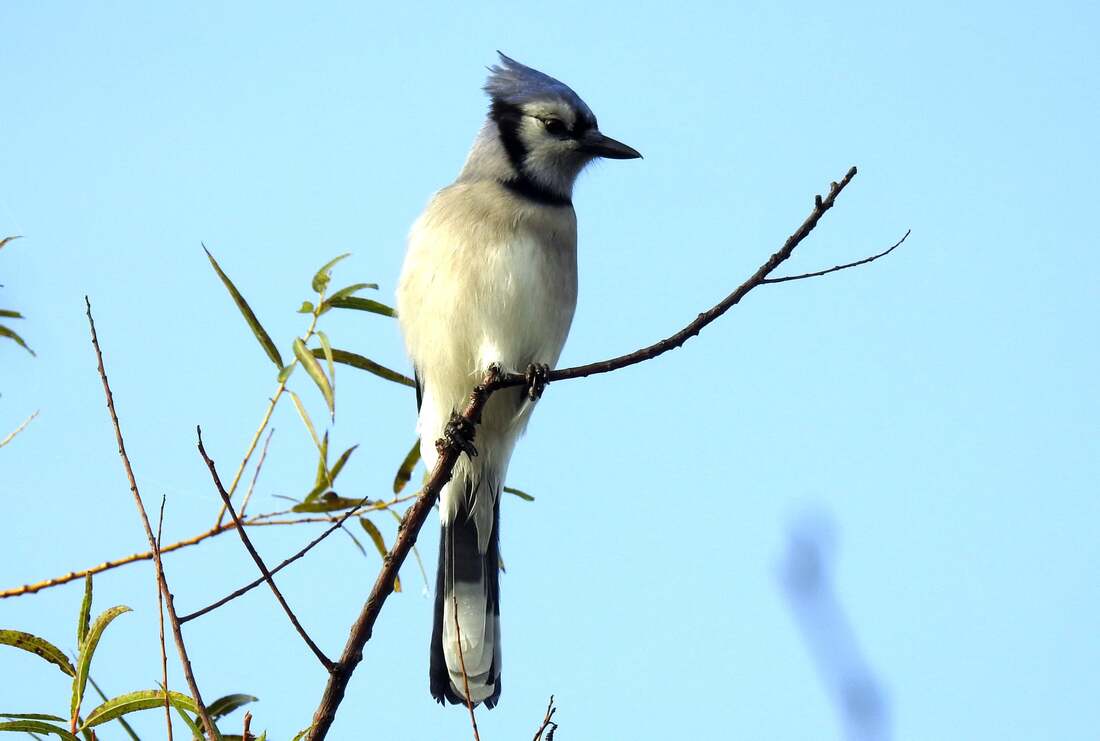
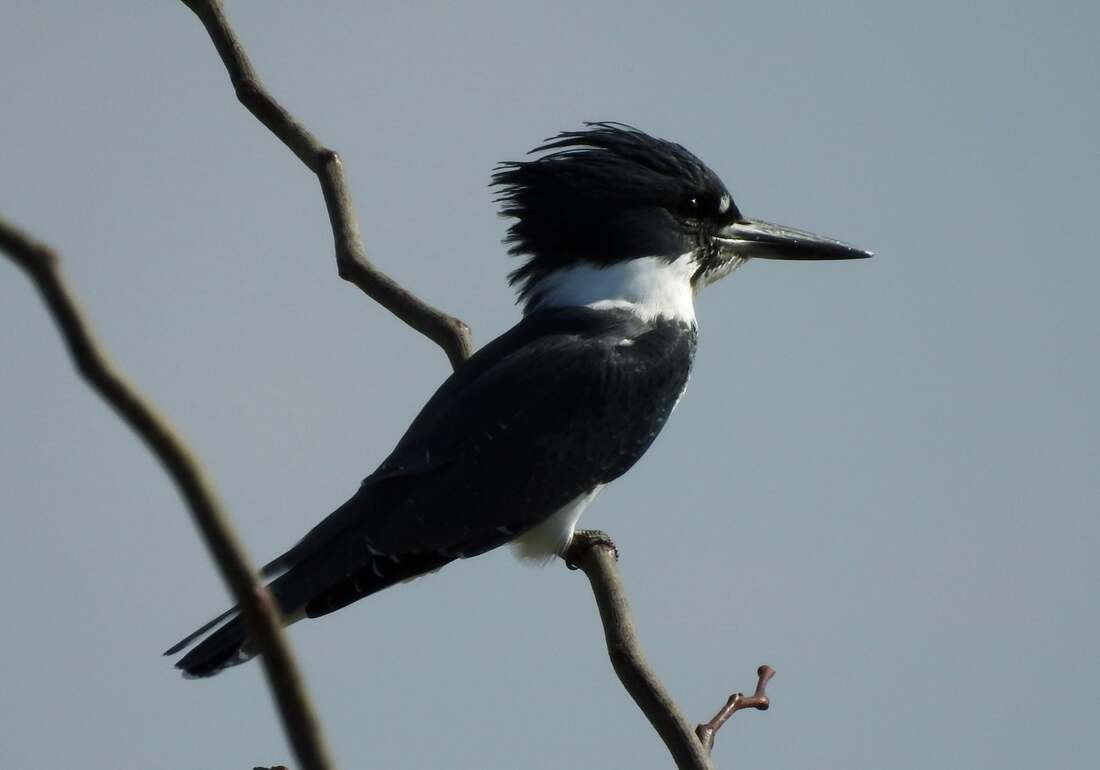
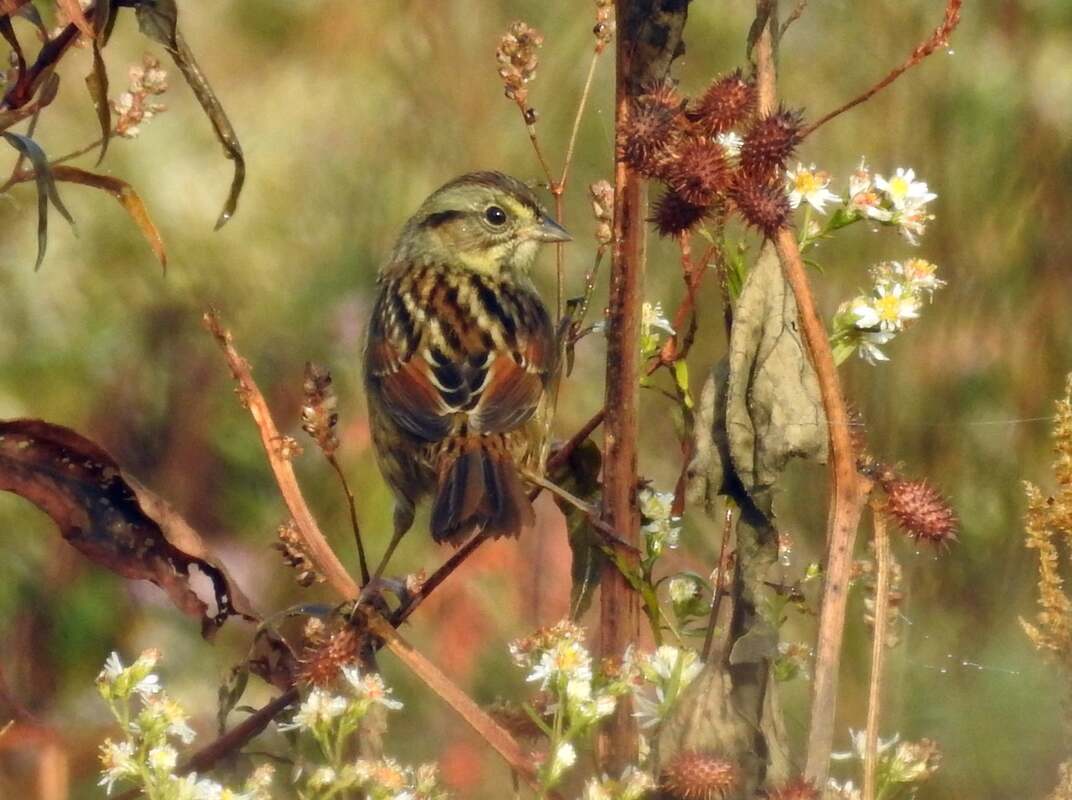
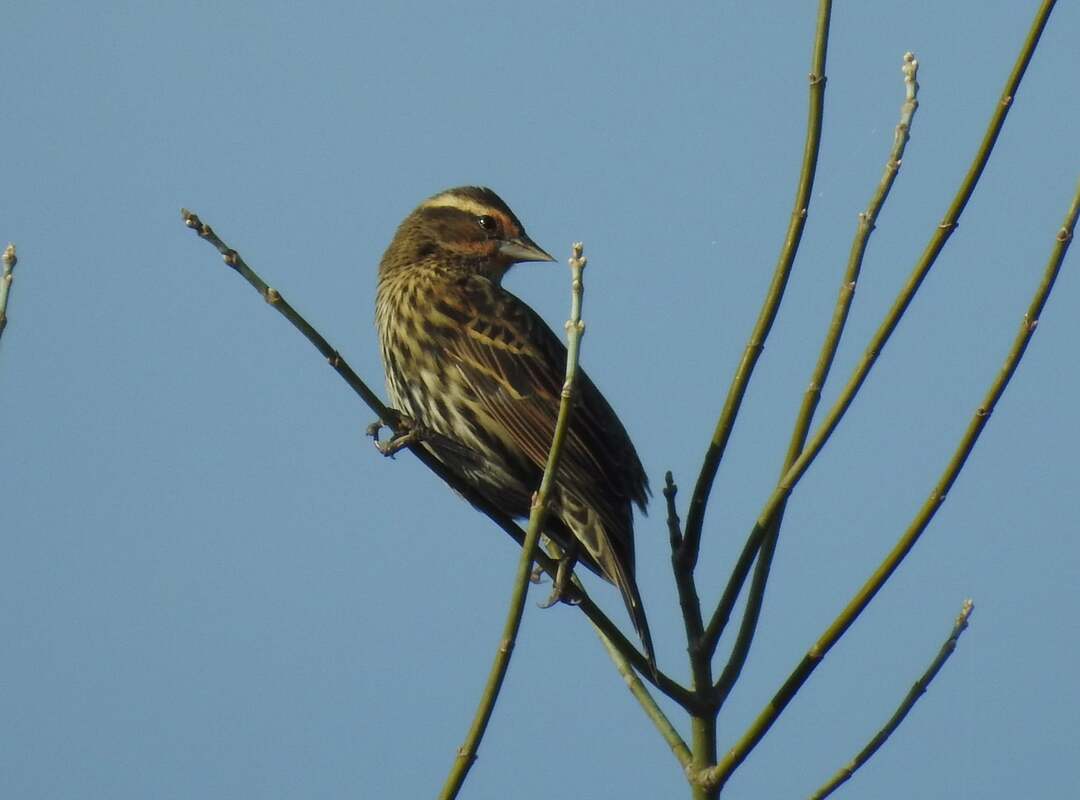
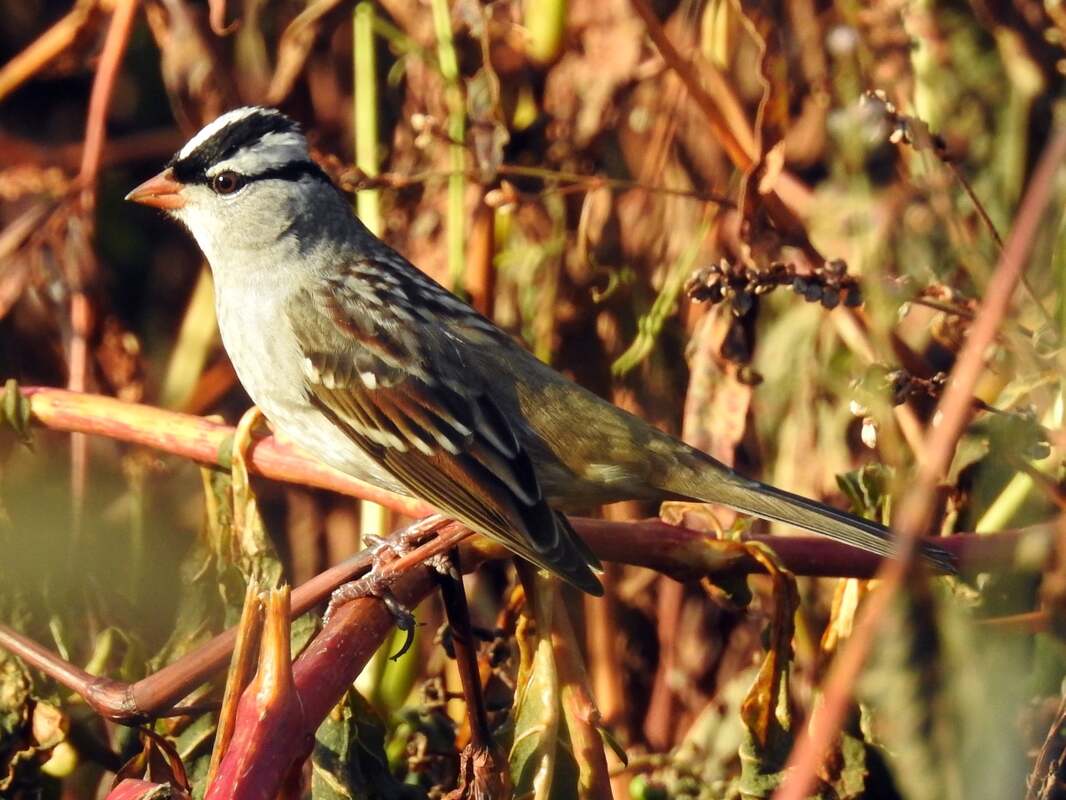
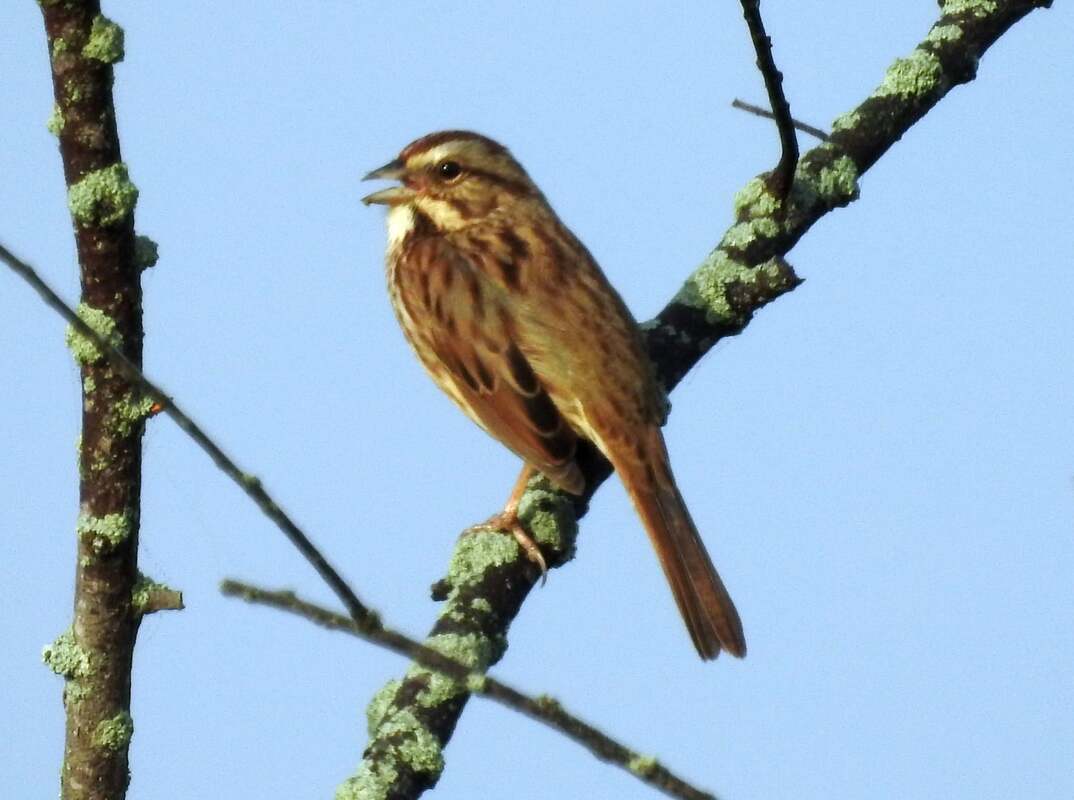


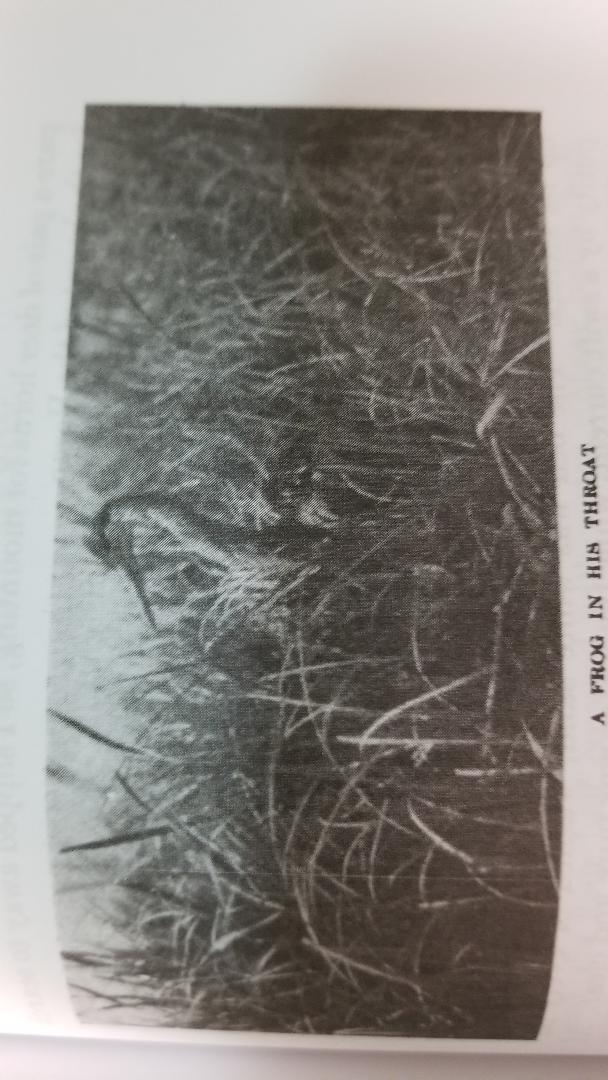
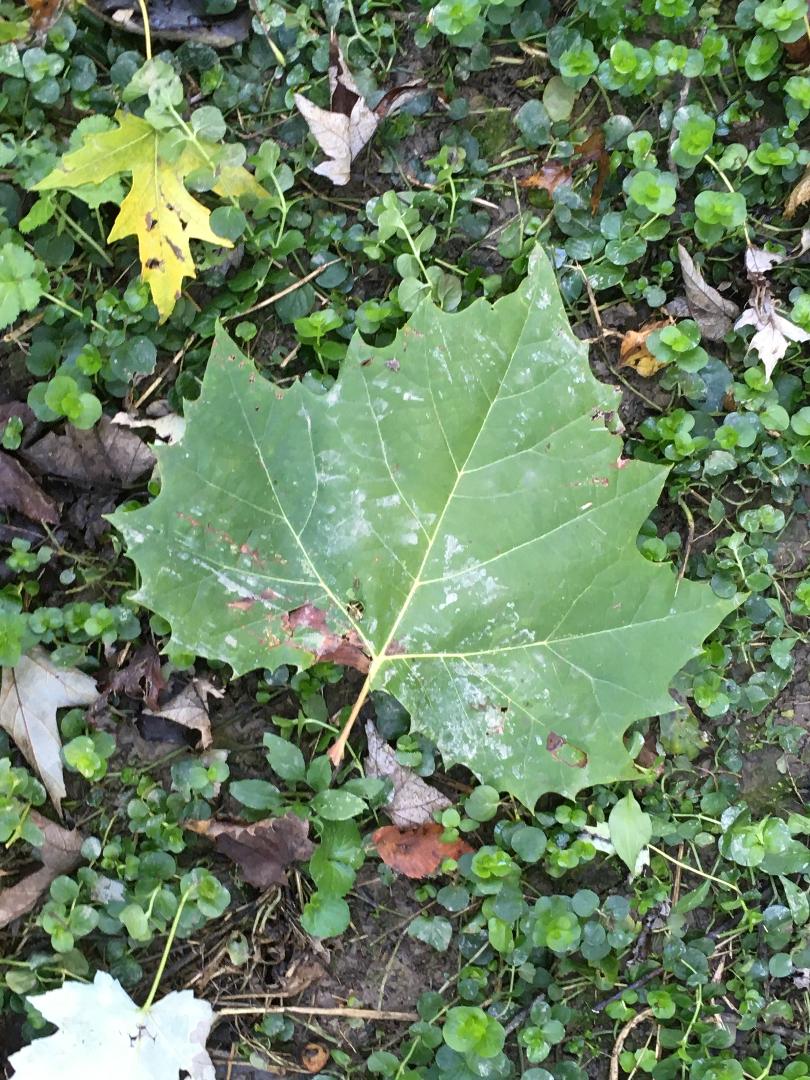
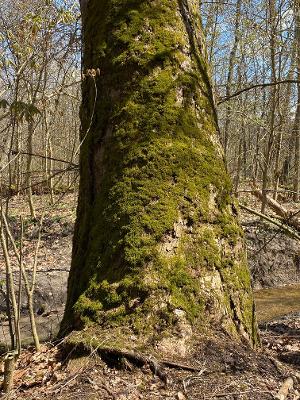
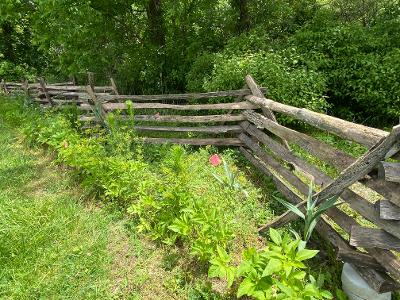
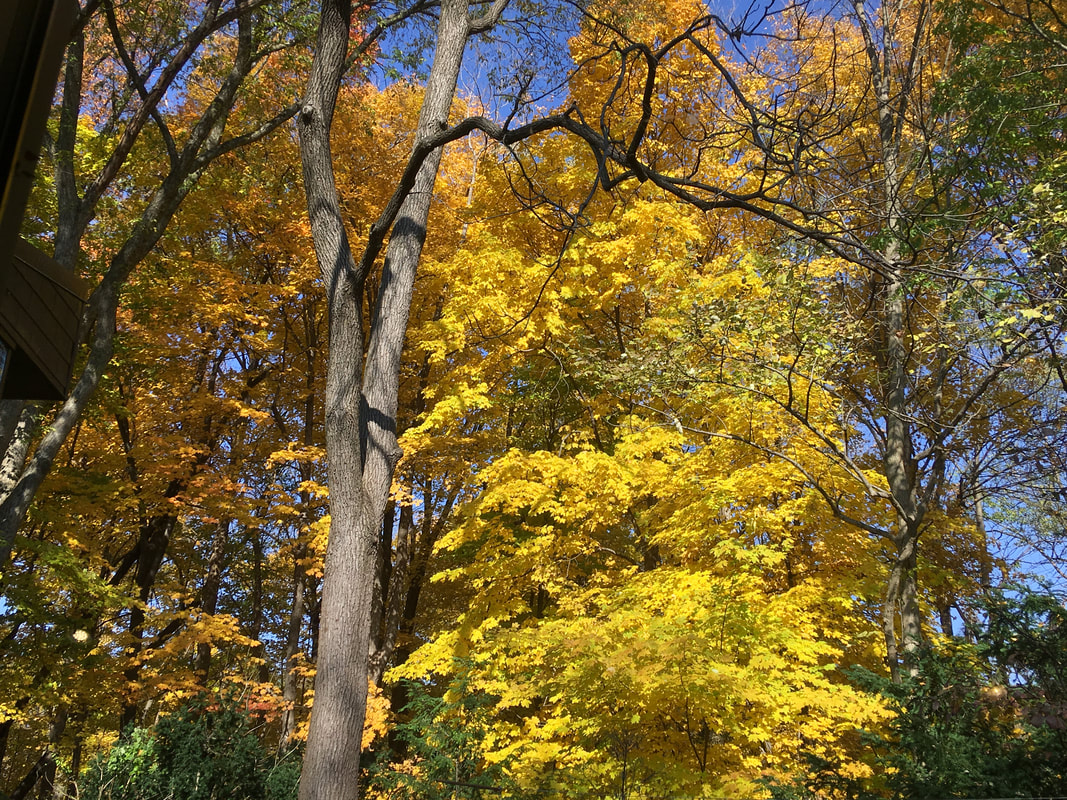
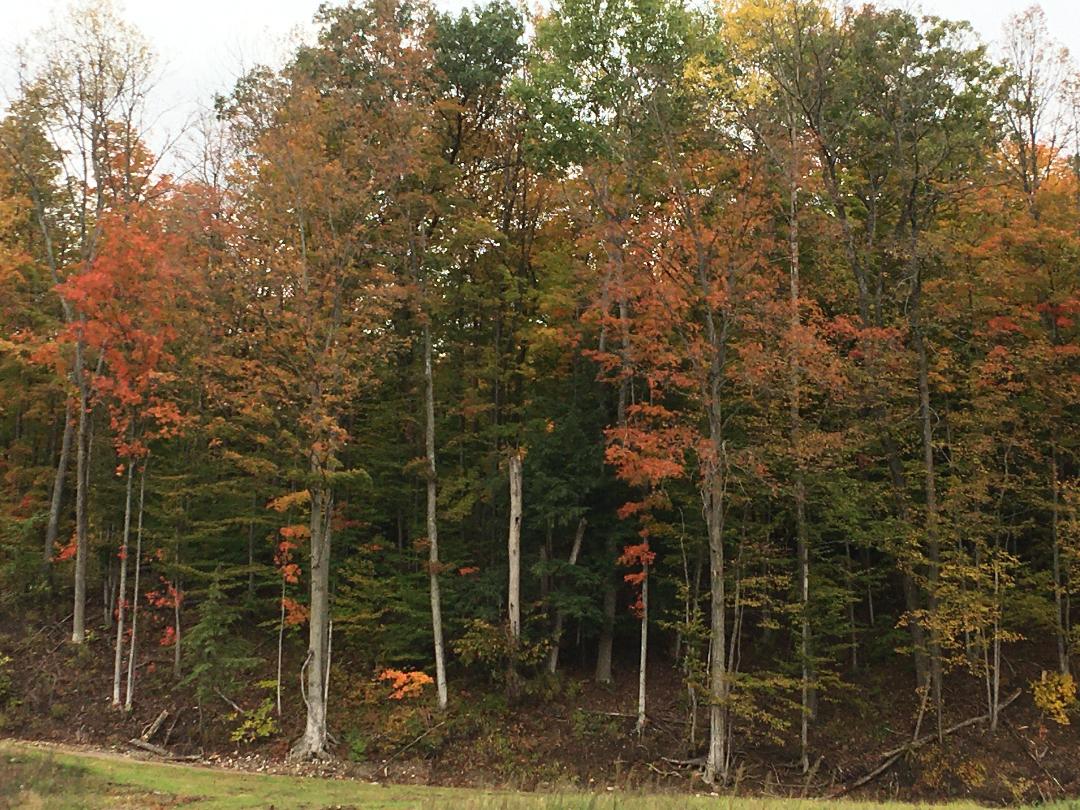
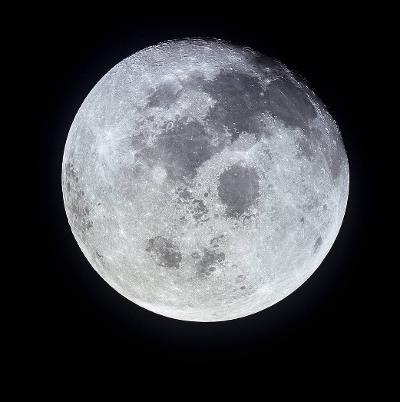

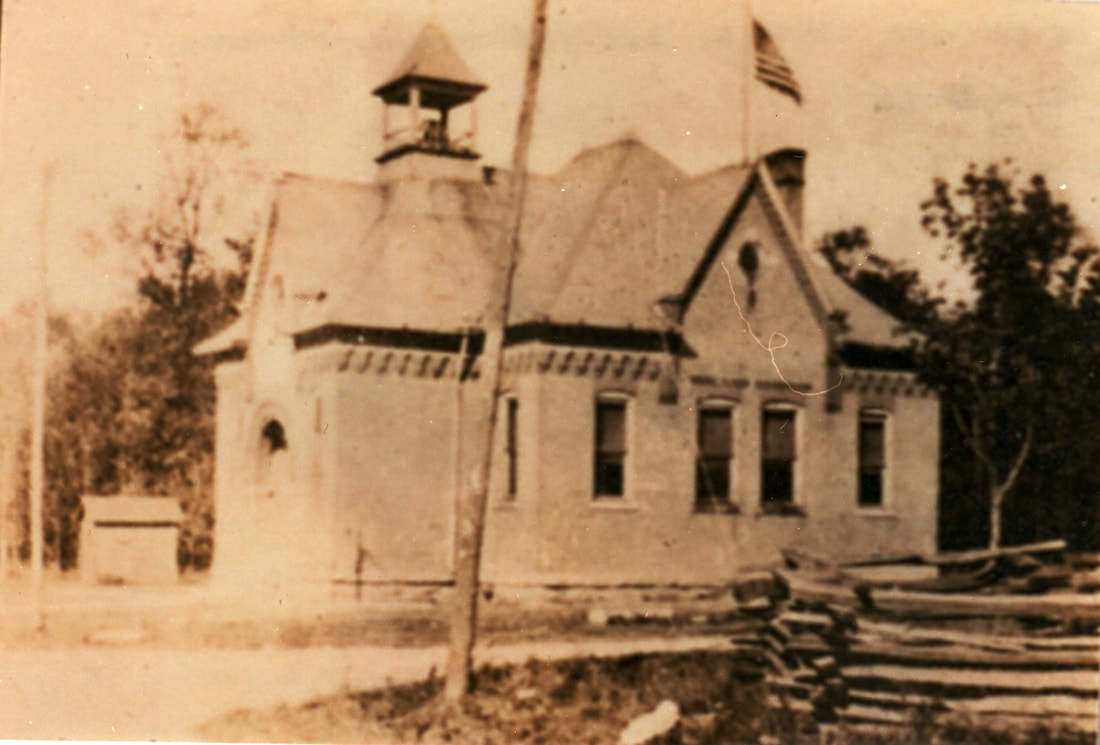
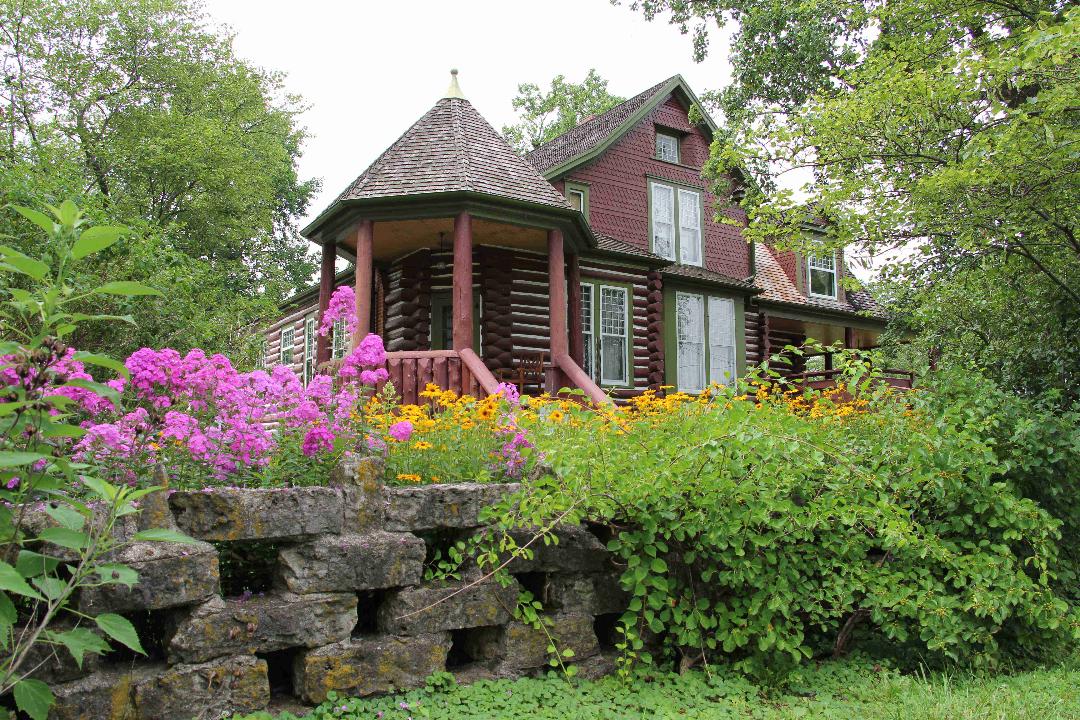
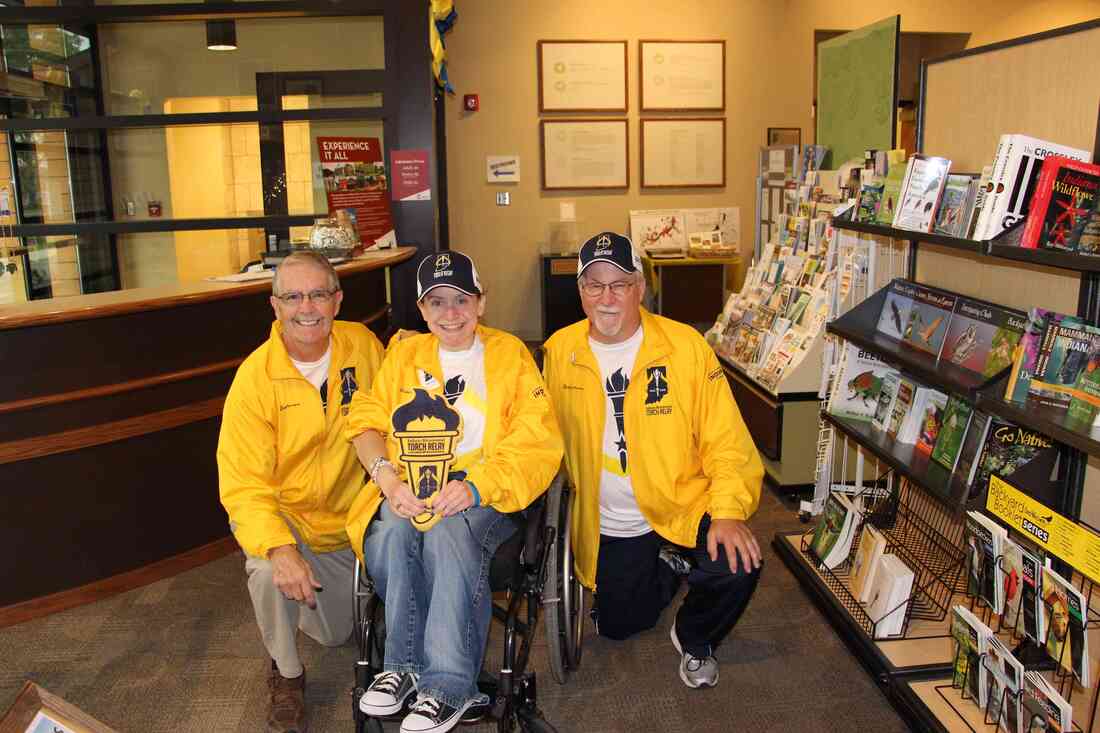
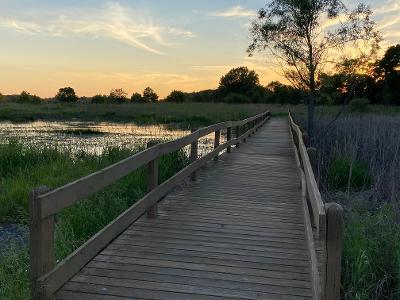
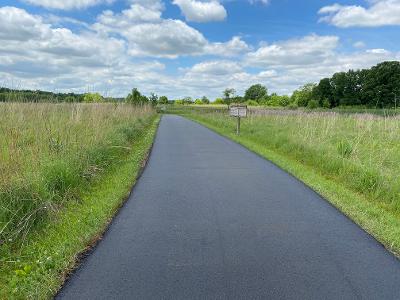
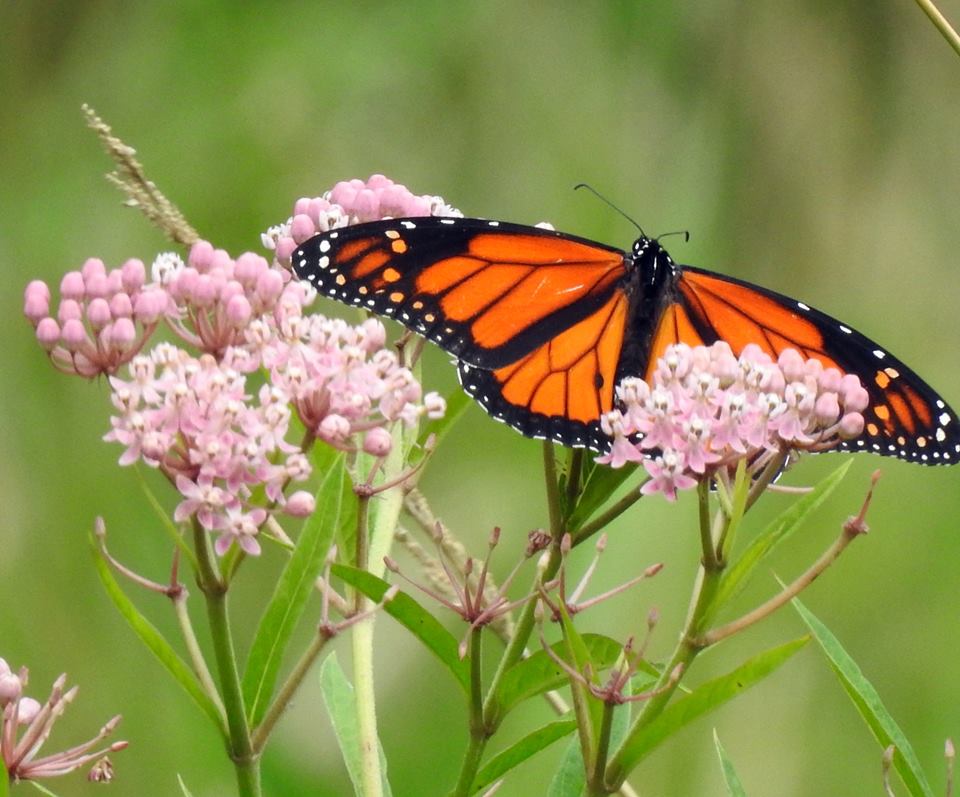
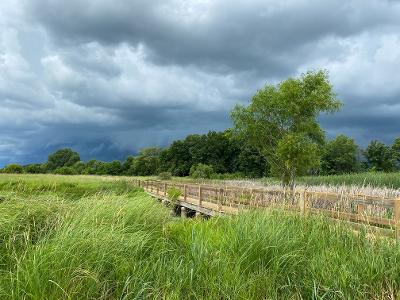
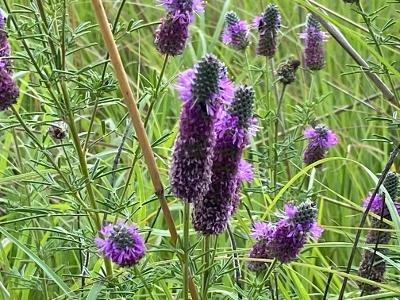
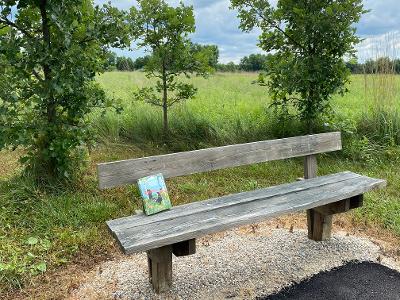
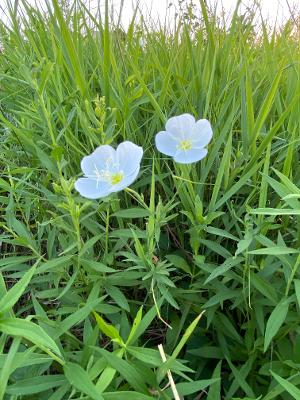
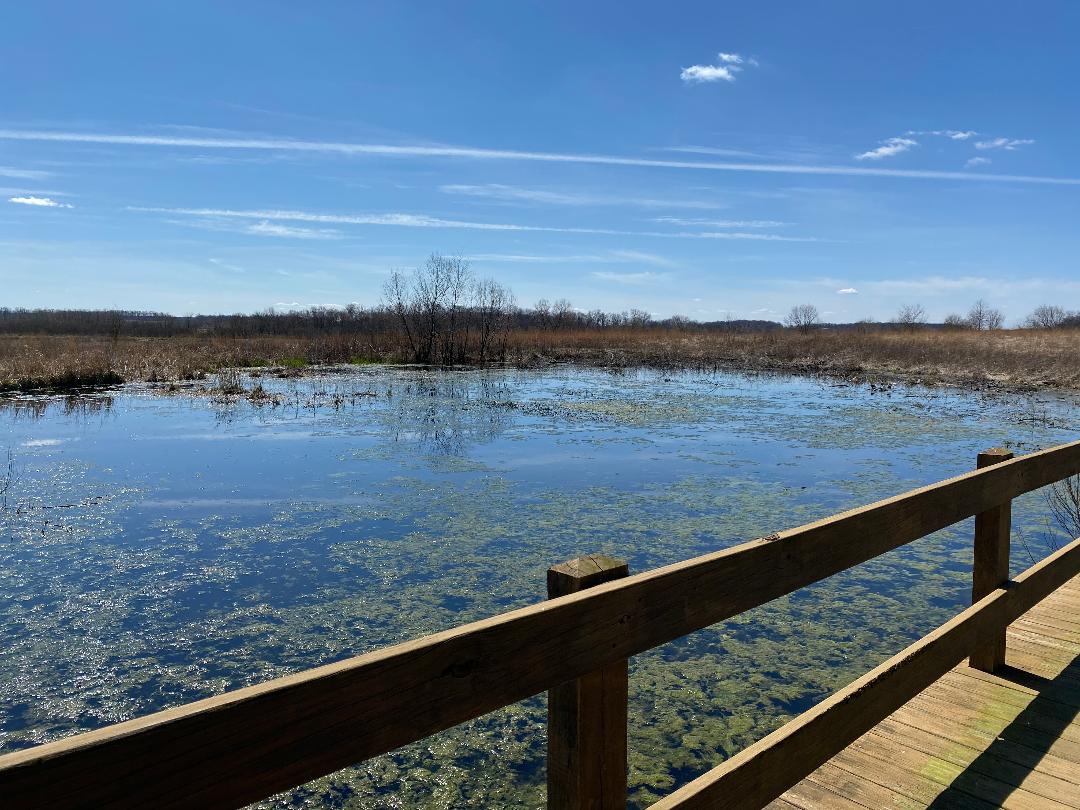
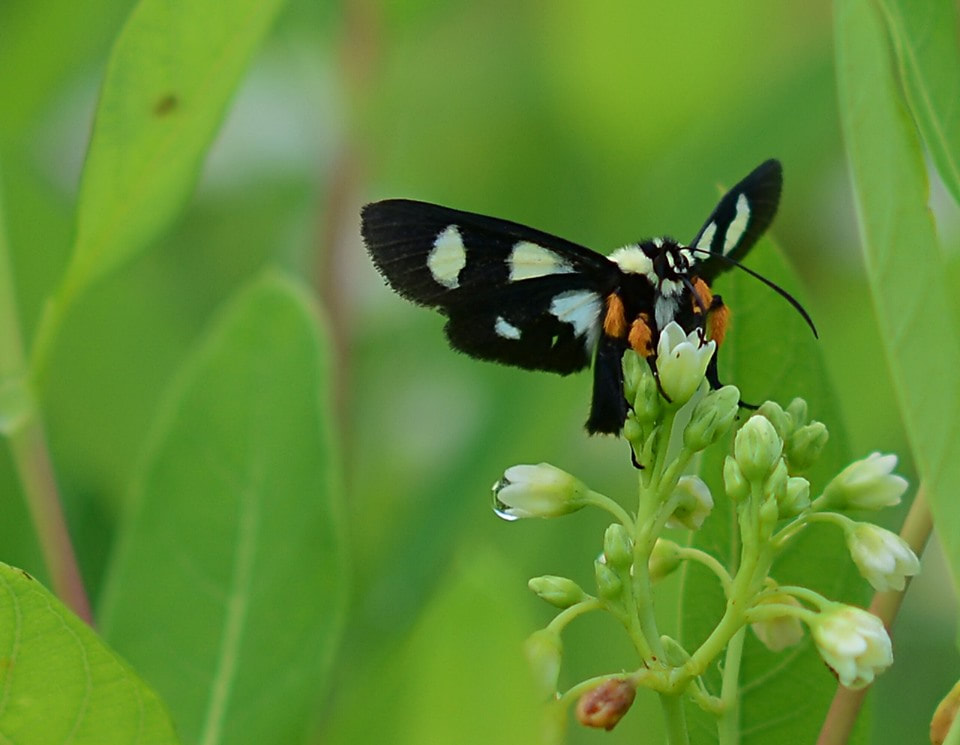
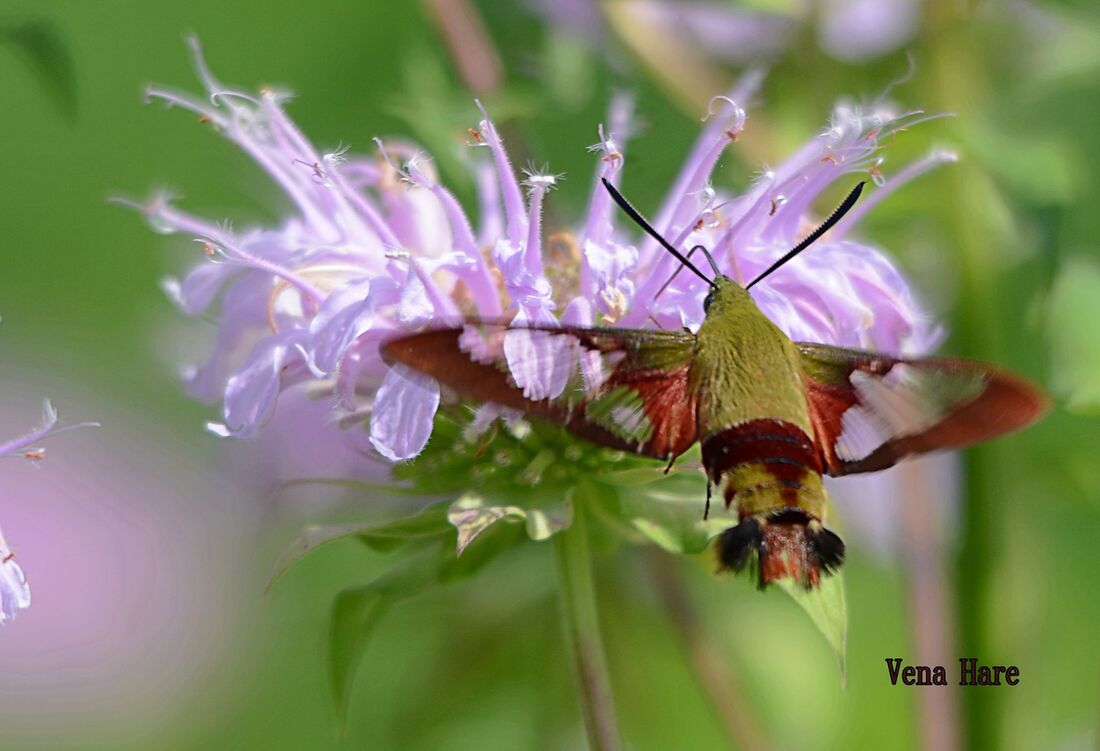
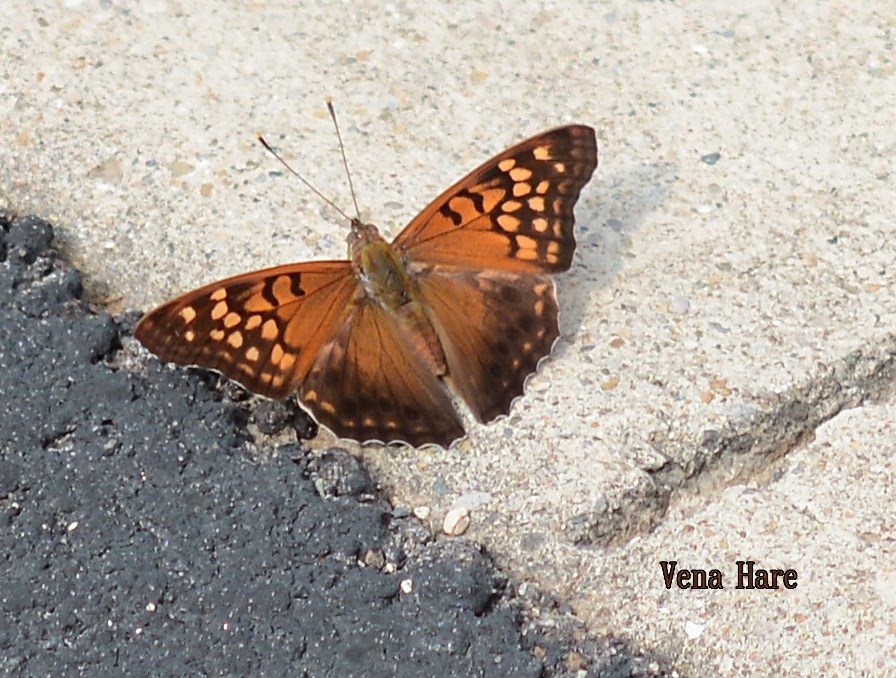
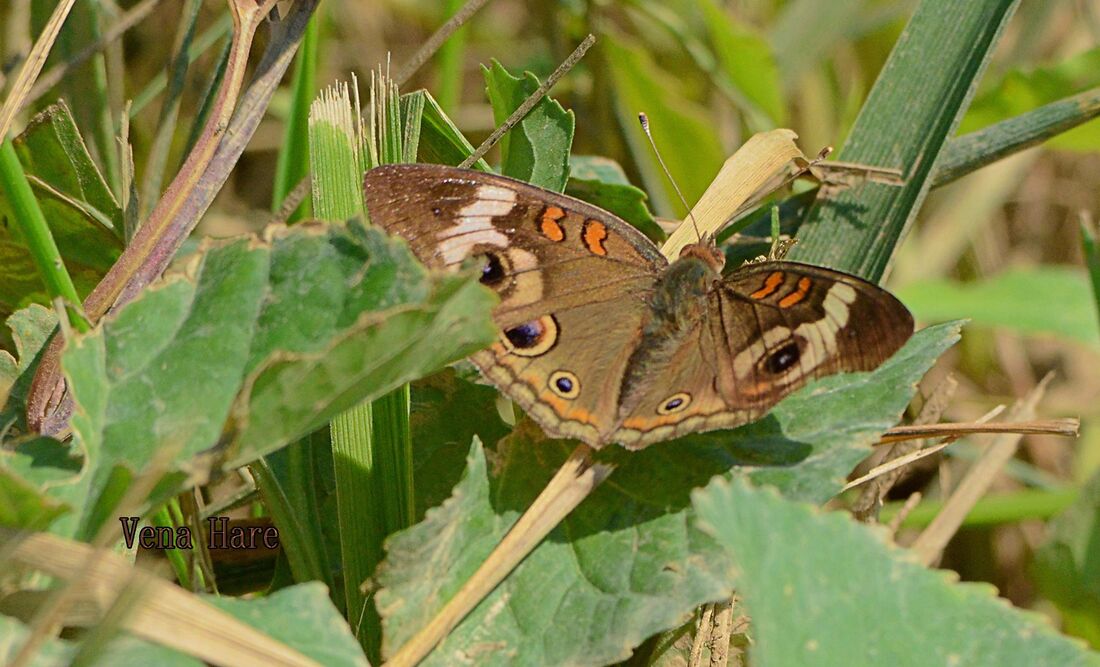
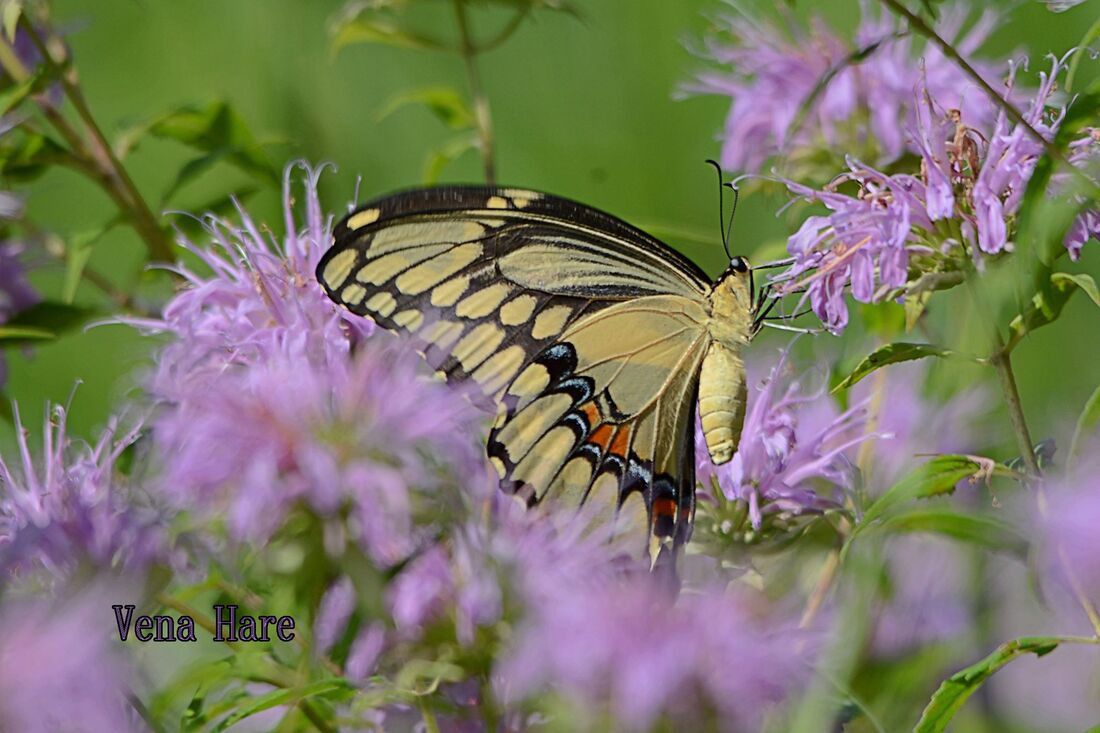
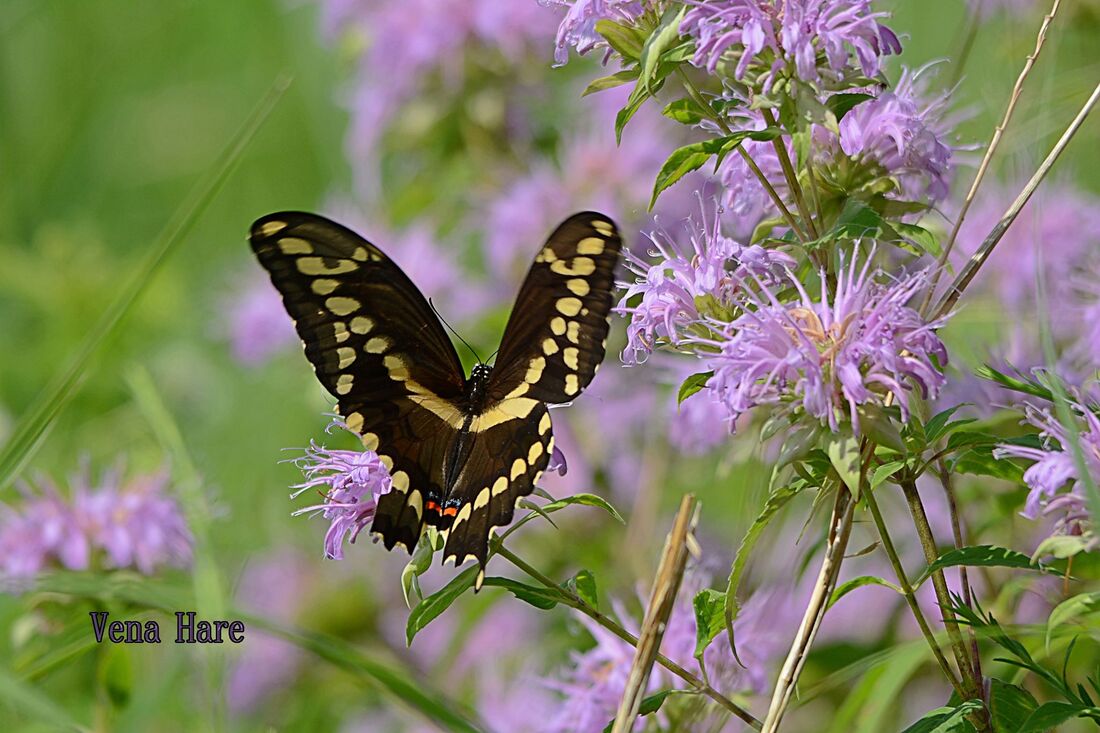

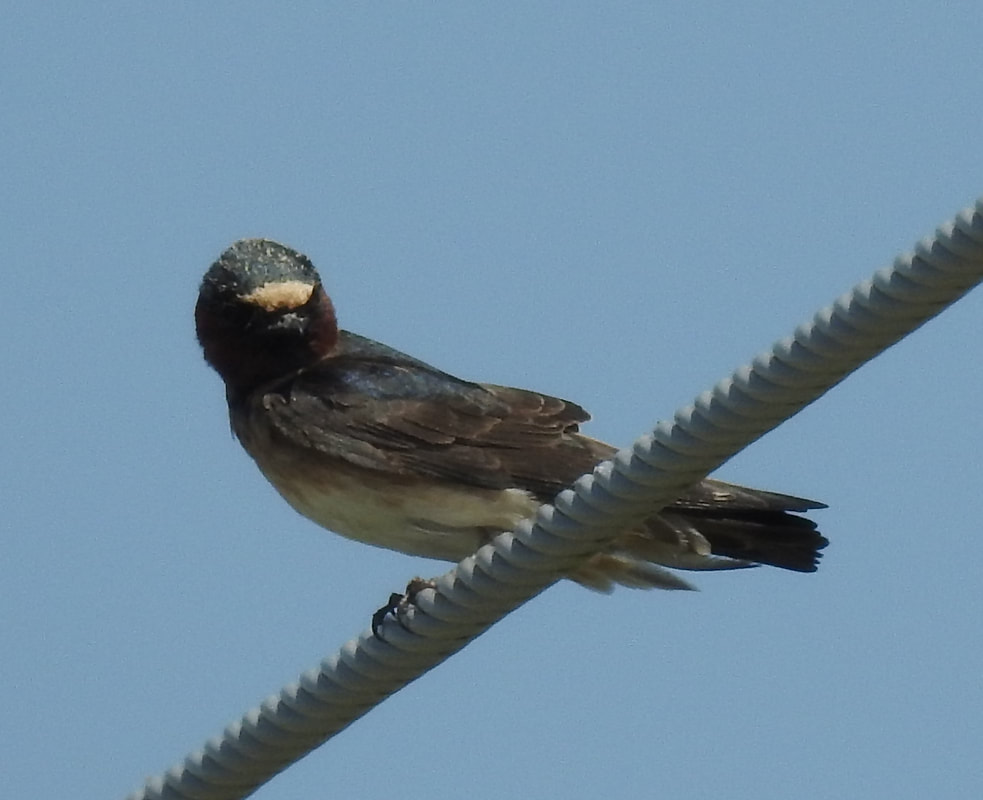
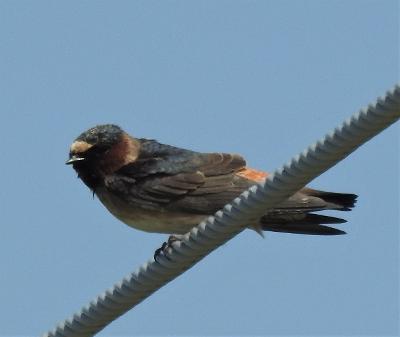
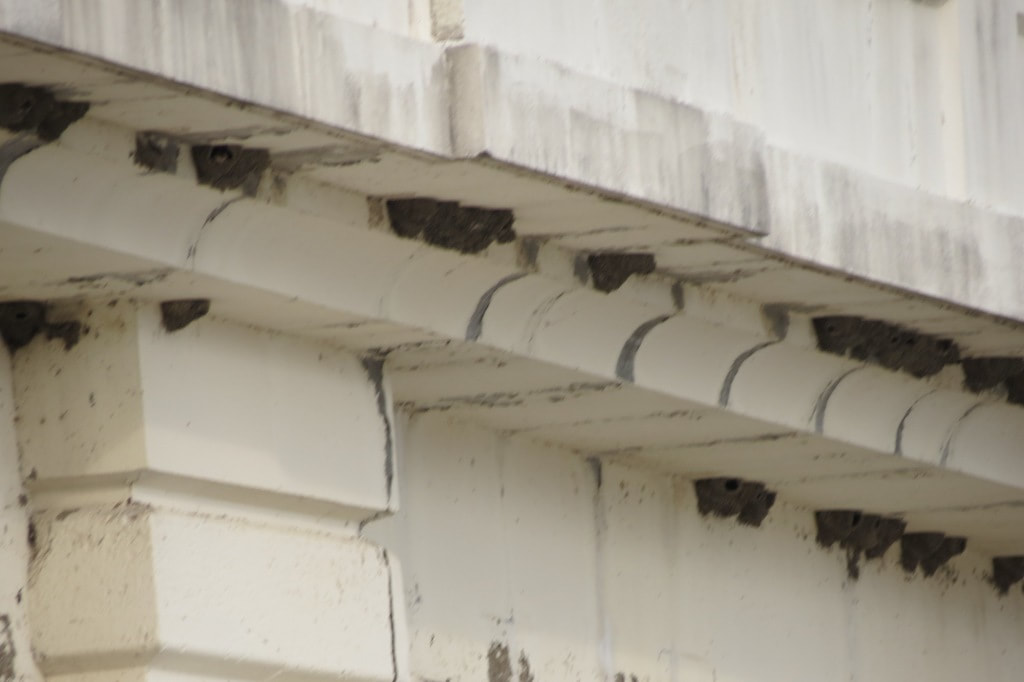
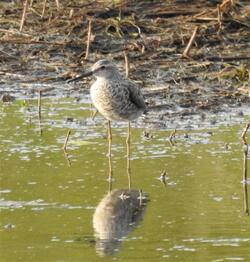
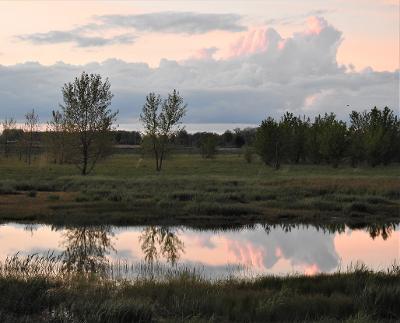
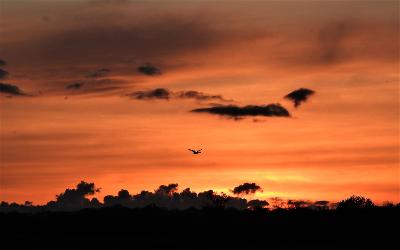
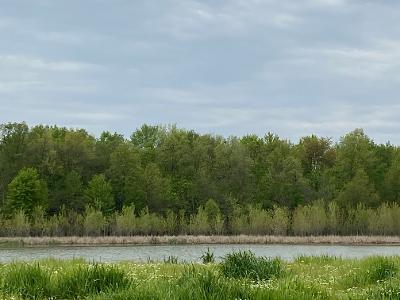
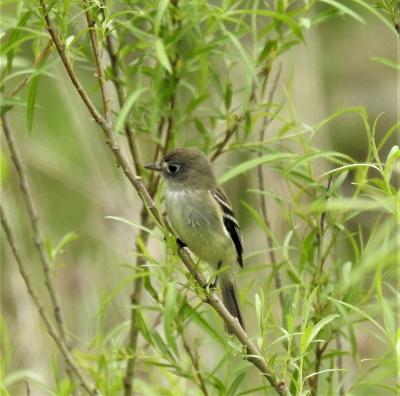
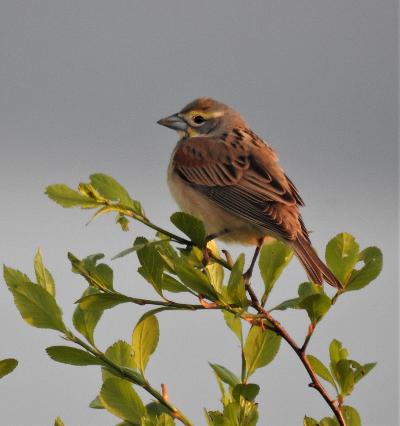
 RSS Feed
RSS Feed
